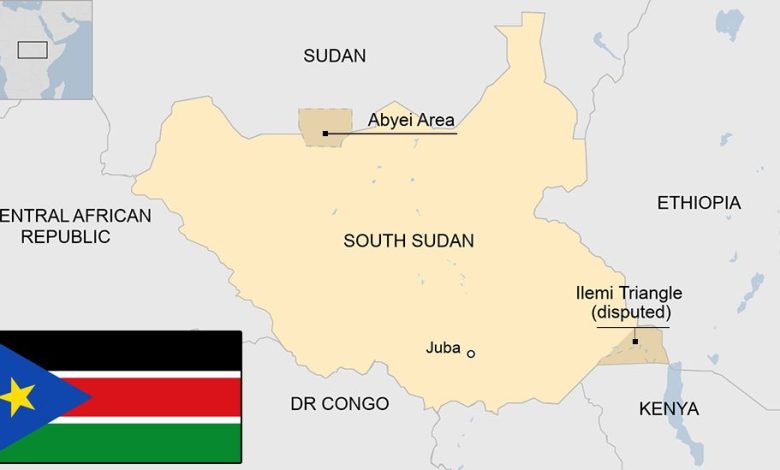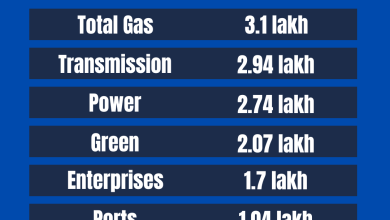Introduction And History of South Sudan: Unveiling Its Rich Legacy

South Sudan is a country in East-Central Africa. It is the newest country in the world. South Sudan gained independence in 2011. Its capital city is Juba. The country is rich in culture and history.
Geography of South Sudan
South Sudan is landlocked. It is bordered by Sudan, Ethiopia, Kenya, Uganda, the Democratic Republic of the Congo, and the Central African Republic. The White Nile flows through the country. This river is very important for farming and transportation.
Early History of South Sudan
The history of South Sudan dates back thousands of years. Early people lived in the region around 3000 BC. These people were mainly hunters and gatherers. They lived in small communities and moved often.
Kingdoms and Empires
As time passed, larger communities formed. These became kingdoms and empires. The Kingdom of Kush was one of the oldest. It was very powerful and rich. The people of Kush traded with Egypt and other nearby regions. Later, the Funj Sultanate and the Shilluk Kingdom became important.
Colonial Era
In the 19th century, European powers colonized Africa. Sudan was colonized by the British and Egyptians. This period lasted from 1899 to 1956. During this time, the British and Egyptians ruled Sudan together. They made many changes to the region.
Struggle for Independence
Sudan gained independence from Britain in 1956. However, the people of South Sudan were not happy. They felt ignored and mistreated. This led to a long struggle for independence. Two civil wars were fought. The first war lasted from 1955 to 1972. The second war lasted from 1983 to 2005.
Comprehensive Peace Agreement
In 2005, a peace agreement was signed. This agreement was called the Comprehensive Peace Agreement (CPA). It ended the second civil war. The CPA gave South Sudan the right to vote for independence.
Independence of South Sudan
In 2011, South Sudan held a referendum. The people voted overwhelmingly for independence. On July 9, 2011, South Sudan became an independent country. This was a historic moment for the people of South Sudan.
Challenges Faced by South Sudan
Since independence, South Sudan has faced many challenges. These include political instability, economic problems, and conflict. The country has struggled with internal fighting. This has caused much suffering for the people.

Credit: www.britannica.com
Culture and Traditions
South Sudan has a rich culture. It is home to many ethnic groups. Each group has its own language and traditions. The Dinka and Nuer are two of the largest ethnic groups. Music, dance, and storytelling are important parts of South Sudanese culture.
Languages Spoken in South Sudan
South Sudan is very diverse. More than 60 languages are spoken in the country. English is the official language. However, many people speak their local languages daily.
Religion in South Sudan
The majority of South Sudanese people are Christians. There are also followers of traditional African religions. Religion plays a significant role in daily life.
Economy of South Sudan
South Sudan’s economy is mainly based on oil. Oil production is a crucial part of the economy. However, the country also has potential in agriculture. The fertile land can grow many crops.
Education in South Sudan
Education is a challenge in South Sudan. Many children do not have access to schools. The government and organizations are working to improve this. Education is essential for the country’s future.

Credit: www.usip.org
Healthcare in South Sudan
Healthcare in South Sudan is limited. Many people do not have access to medical services. Efforts are being made to improve healthcare. This is vital for the well-being of the people.
Frequently Asked Questions
What Is South Sudan?
South Sudan is a landlocked country in East-Central Africa, gaining independence from Sudan in 2011.
When Did South Sudan Gain Independence?
South Sudan gained independence on July 9, 2011, becoming the world’s newest nation.
What Is The Capital Of South Sudan?
The capital of South Sudan is Juba, located on the White Nile.
Who Are The Main Ethnic Groups In South Sudan?
The main ethnic groups are the Dinka, Nuer, and Shilluk, among others.
Conclusion
South Sudan has a rich and complex history. It is a country full of potential and challenges. Understanding its past helps us appreciate its journey. We hope for a bright future for South Sudan and its people.
| Category | Details |
|---|---|
| Capital City | Juba |
| Main River | White Nile |
| Official Language | English |
| Independence Day | July 9, 2011 |
- South Sudan is the world’s newest country.
- It has a rich and diverse culture.
- The country gained independence in 2011.
- It faces many challenges, including conflict and economic issues.
Thank you for reading about South Sudan. We hope you learned something new. Please share this article with your friends and family. Together, we can spread knowledge about this unique country.




